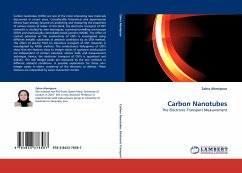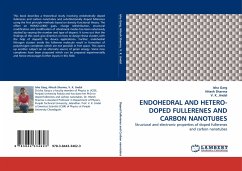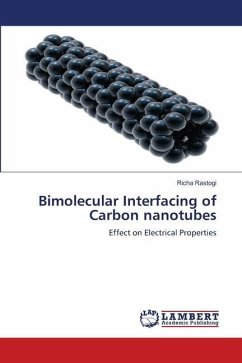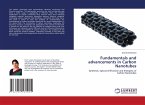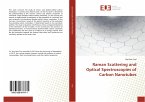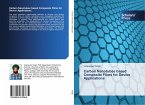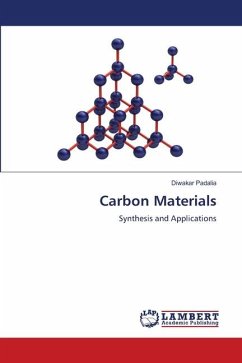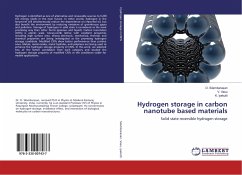Carbon nanotubes (CNTs) are one of the most interesting new materials discovered in recent years. Considerable theoretical and experimental efforts have already focused on predicting and measuring the properties of various classes of tubes. In this book, the electronic transport of CNT networks is studied by two techniques, scanning-tunnelling microscope (STM) and mechanically controllable break junction (MCBJ). The effect of contact potential on the conductivity of CNTs is investigated using different metallic substrates at ambient conditions by an STM method. The effect of electric field on electronic transport of CNT networks is investigated by MCBJ method. The conductance histograms of CNTs show that the features close to integer values of quantum conductance are independent of contact potential, electric field, and measurement technique. Hence, the electronic transport of CNTs is quantized and ballistic. The non-integer peaks are measured by the two methods in different ambient conditions. A possible explanation for these non-integer peaks is elastic scattering of the electrons at defects. These features are interpreted by series connection model.
Bitte wählen Sie Ihr Anliegen aus.
Rechnungen
Retourenschein anfordern
Bestellstatus
Storno

